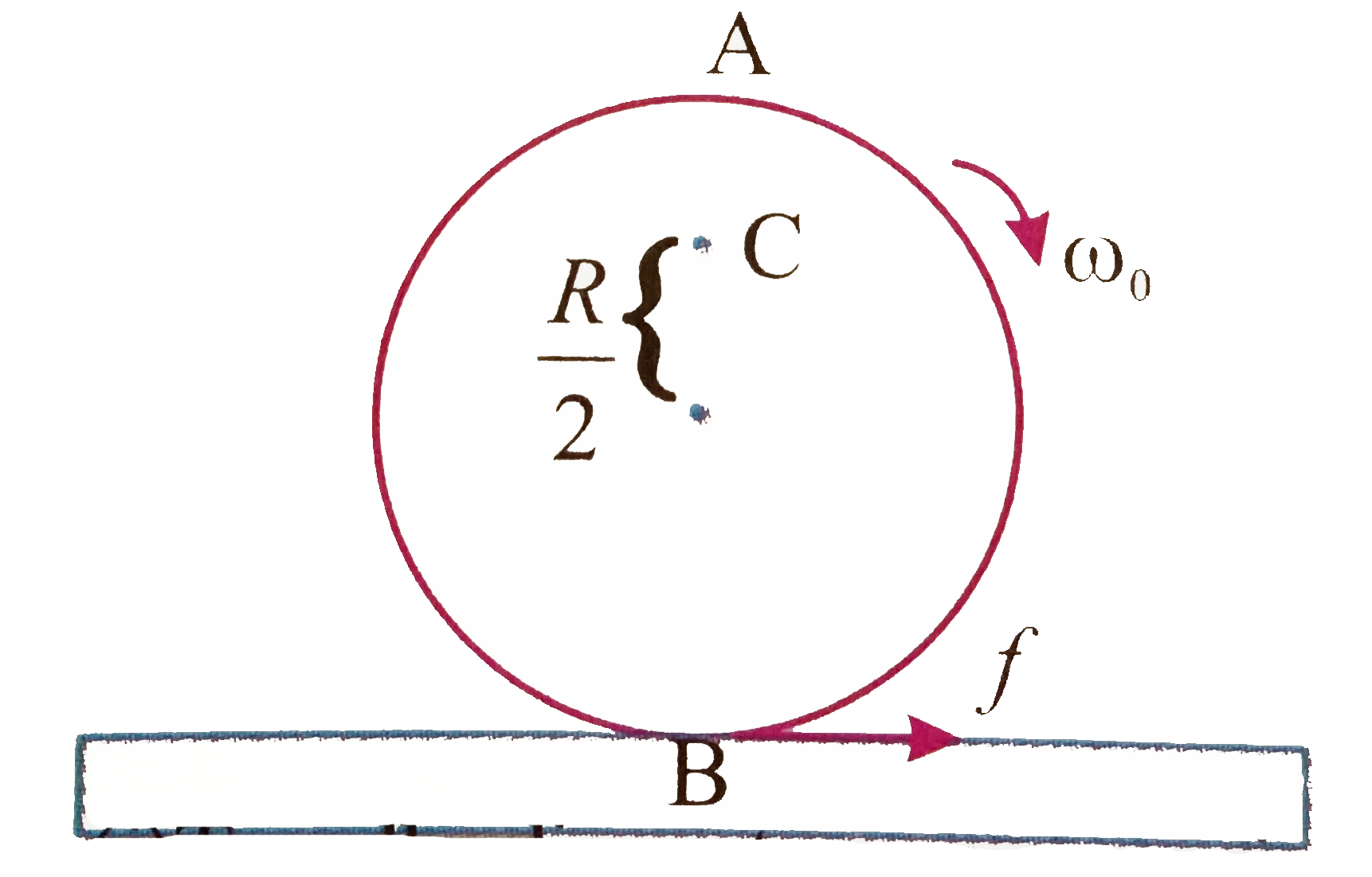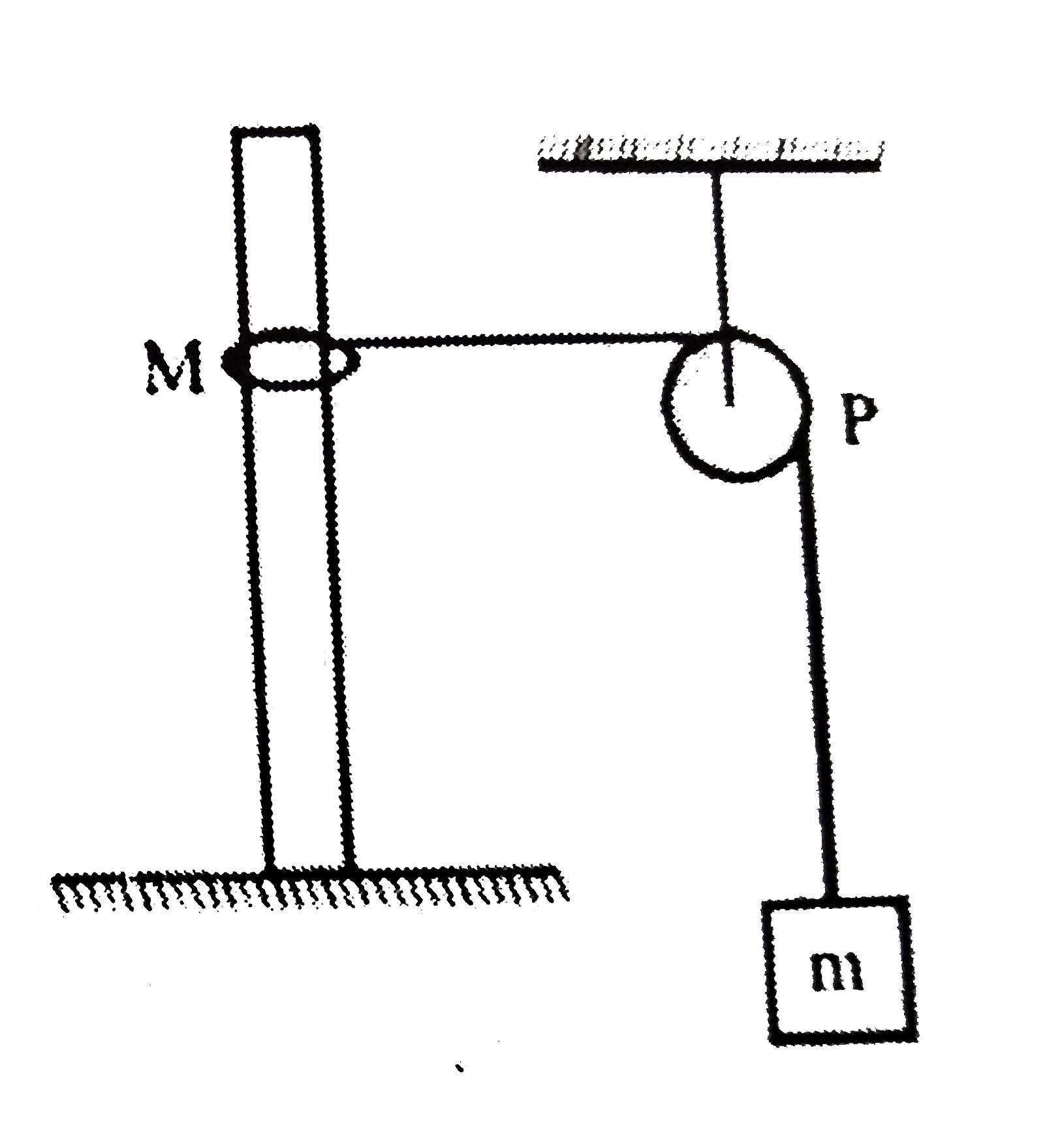Friction
Step by step video & image solution for Friction by Physics experts to help you in doubts & scoring excellent marks in Class 11 exams.
Updated on:21/07/2023Similar Questions
The angle between the resultant contact force and the normal force exerted by a body on the other is called the angle of friction. Show that it λ be the angle of friction and μ the coefficient of static friction. λ≤tan−1μ.
View SolutionThe coin is notating with a plate without sliding If the coefficient of friction between the coin and plane is μ=0.75 the friction between the coin and plate is

If the plate is rotating along and the coin is gently placed on the rotating plate, the frictional force on the coin is
View SolutionSTATEMENT - 1 : If an object is at rest then there should not be any friction on it .
STATEMENT - 2: If an object is moving then the friction acting on it has to be kinetic .
STATEMENT -3 : If an object is at rest then kinetic friction cannot act on it.
View SolutionStatement I: The coefficient of friction can be greater than unity.
Statement II: The force of friction is dependent on normal reaction and the ration of force of friction and normal reaction cannot exceed unity.
View SolutionIn the arrangement shown in Fig there is no friction between of mass 2m and ground but there is friction between the block of masses m is stationary with respect to block of mass 2m The value of friction between m and 2mis

View Solution(i) Explain why friction is necessary to make the disc to roll in the direction indicated. (ii) Give the direction of frictional force at B, and the sense of frictional torque, before perfect rolling begins. (iii) What is the force of friction after perfect rolling begins?

View SolutionA vehicle moves safe on a rough, curved and unbanked road. Then
a) The direction of static friction is radially out wards
b) The direction of static friction is radially inwards
c) The direction of kinetic friction is tangential to curved path
d) Static friction does not exist
View SolutionIn the figure shown a ring of mass M and a block of mass m are in equilibrium. The string is light and pulley P does not offer any friction and coefficient of friction between pole and M is μ. The frictional force offered by the pole to M is

View Solution
